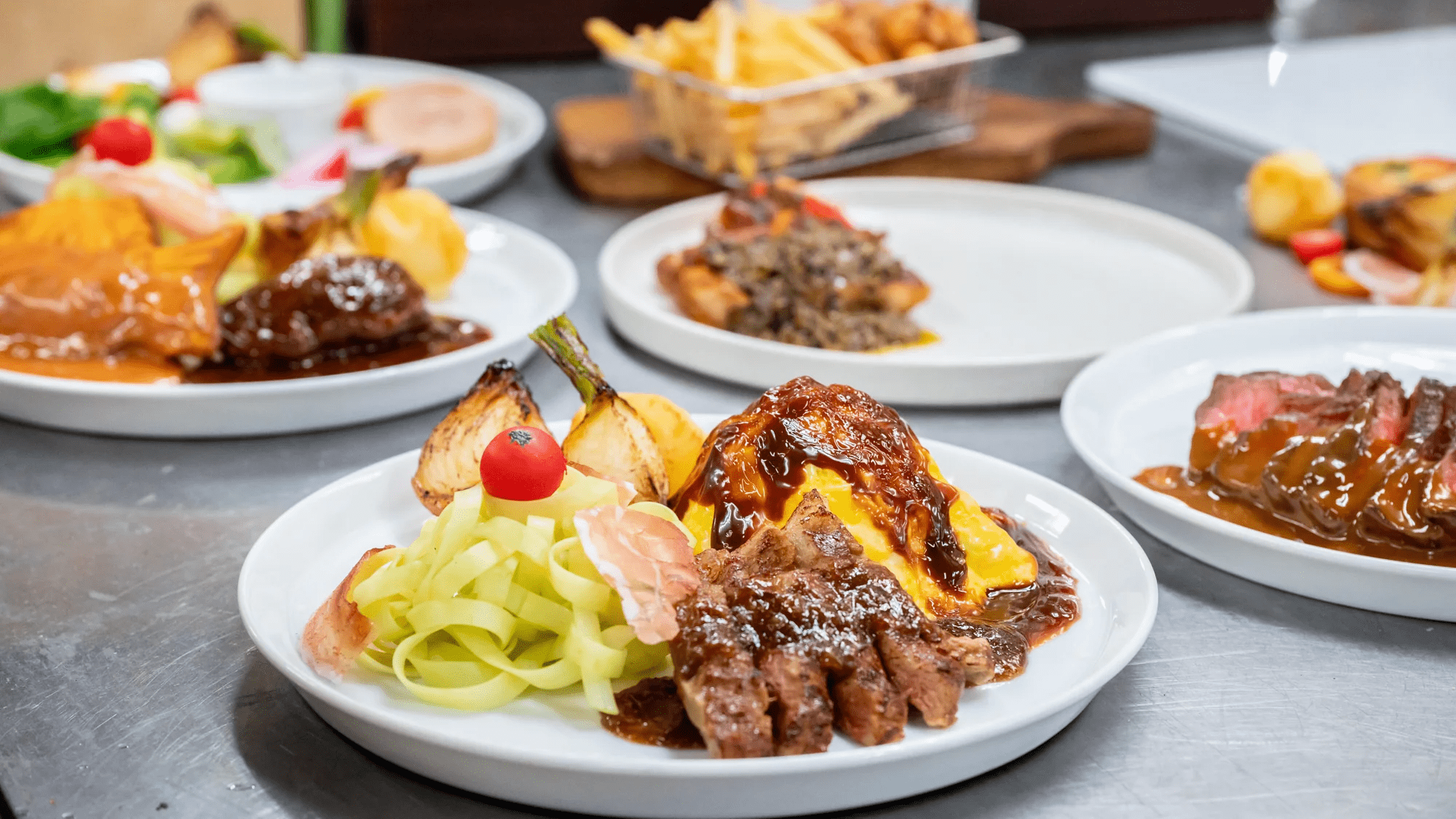
Japanese Food Displays: What Makes It Look So Real
Written by Ito Ryo
Throughout Japan, finely crafted food displays are in showcases in front of eateries. Though artificial, they are impressively realistic, beautifully made, and look delightfully delicious.

This time, we visited the Yokohama factory of Iwasaki Be-I (Iwasaki Co., Ltd.), one of Japan's largest food display makers, and received special permission to see their manufacturing site, which is usually not open to the public. Come join us on a behind-the-scenes tour and see how these amazing food displays are made.
Table of Contents
The Origin and Spread of Food Samples

In those days, replicas were prominently displayed at the entrance of bustling dining areas in department stores, which were favorite destinations for many. By presenting specific menu samples, they not only helped alleviate customer congestion but also optimized operational efficiency. Food replicas proved to be a valuable asset in the restaurant business.

Furthermore, the saying "Japanese people eat with their eyes" hints at how Japanese culinary culture prioritizes the visual aspects of food, including its vibrant colors and meticulous presentation. It's typical for Japanese diners to savor the visual delight of a dish before tasting it, sometimes even imagining its flavors beforehand. This distinct aspect of Japanese dining customs likely plays a role in the popularity of food displays as well.
The World of Expert Craftsmanship
Factory manager Miyazawa shared, "To authentically capture the essence of something freshly caught or made, relying on human craftsmanship with attention to detail rather than machines is indispensable, although this does come with a cost.”

“However, that being said, our products aren't works of art. What truly matters is how faithfully they replicate the dishes served in the restaurant. That's why we carefully document details like ingredients, cooking techniques, and plating styles through photos or sketches, striving to recreate the original food items as closely as possible.”
Here is the manufacturing process explained by Miyazawa:
1. Forming the Mold

That day, we observed the making of molds for a pizza. The pizza dough and toppings, including squid, scallops, mushrooms, and tomatoes, were arranged on a tray, separated by dividers, and coated with milky-white liquid silicone.

“We start by wiping off any sauces that can't be molded. Then, a small amount of diluted silicone is thinly applied to prevent ingredients from floating up during the molding process. Any air bubbles are carefully removed at this stage. Once this initial layer has set, we pour silicone to cover the entire surface. After allowing it to harden for about a day, we make incisions and carefully remove the ingredients to complete the mold.”
2. Molding

“Newcomers at the factory typically start off by handling this process. Since the colors for the vinyl resin are predetermined for each ingredient, they learn the fundamental skills and knowledge crucial for production, which involves creating colors tailored to a wide variety of ingredients.”

For instance, when making bacon, white vinyl resin is first poured into the mold for the fatty part and is heated until solid. Next, pink vinyl resin is layered on top for the meaty section and is heated again to form a strip of bacon. Similarly, we make small tofu cubes, each about 1 cm (0.4 in) in size, and thin lettuce leaves one by one. It's a continuous process of detailed work.

Previously, we used wax to manufacture our products, but they were susceptible to melting and breaking easily. Around 40 years ago, we transitioned to using vinyl resin, which enhanced the durability and allowed for more intricate details. This shift markedly improved the quality of our products. Additionally, vinyl resin turns transparent upon heating, making it ideal for mimicking the clear broth in ramen or the semi-transparent appearance of raw egg whites.
3. Coloring

"We proceed with our work while constantly referring to photos of the actual ingredients. The level of our understanding of each ingredient plays a significant role in determining the quality of the final product. For instance, if we don't fully grasp details like how onions char when grilled or the variations in fat content across different cuts of meat, it can affect the outcome."

"Coloring samples of raw fish or vegetables is more challenging than working with cooked items. Amongst the nearly eighty people working in this factory, only two to three individuals have mastered this skill. Accurately replicating the transparency and structure of fresh fish eyes is extremely challenging. For this reason, the skilled employees who excel in creating these samples are typically individuals with a deep appreciation for the ingredients. Many of them are passionate food enthusiasts." Miyazawa shared.
On the silver metal workbenches neatly arranged throughout the factory, incredibly lifelike replicas were displayed, giving the factory the appearance of a restaurant kitchen.
4. Presentation

With a heat gun that emits hot air at around 150°C (302°F) in hand, the plating is carried out, adjusting as needed to shape and adhere the components.

“When plating, even the way the sauce is drizzled can significantly affect the realism and appeal of the dish. Once again, deep knowledge of ingredients and cuisine plays a crucial role here. And finally, the last step of adding a glossy glaze is indispensable for making the samples look attractive. By the way, all the tableware used is provided by restaurants."

"At this factory, we divide the production process into separate tasks. This increases our production capacity by five times. Additionally, with each individual responsible for a specific task under this system, the end result tends to be of higher quality," said Miyazawa.


"During photo shoots for menus or advertisements featuring products like shaved ice or ice cream, which melt quickly, replicas are sometimes used," Miyazawa explained. This not only provides convenience for photography but also serves as proof to the high quality of Japanese food displays, which sometimes exude more authenticity and charm than the actual food items themselves.
Artfully Crafted Contest SamplesBursting with Ingenuity




Additionally, we had the privilege of observing the making of a unique display sample called the “Sukiyaki Bag,” which will soon be featured at the Kappabashi shop. This inventive bag, designed to mimic wagyu beef, is filled with traditional sukiyaki ingredients.
Visitors to the Kappabashi shop can immerse themselves in the traditional method of crafting using wax. If this piques your interest, why not give it a try?

When visitors from abroad come to Japan and decide to dine out, they might find themselves puzzled by the array of unfamiliar menus. In those moments, food replicas could prove incredibly helpful in understanding what's on offer.
Next time you see a fake food item, take a moment to reflect on its remarkable detail and creativity. It could enhance and make your culinary experience in Japan just a bit more memorable.


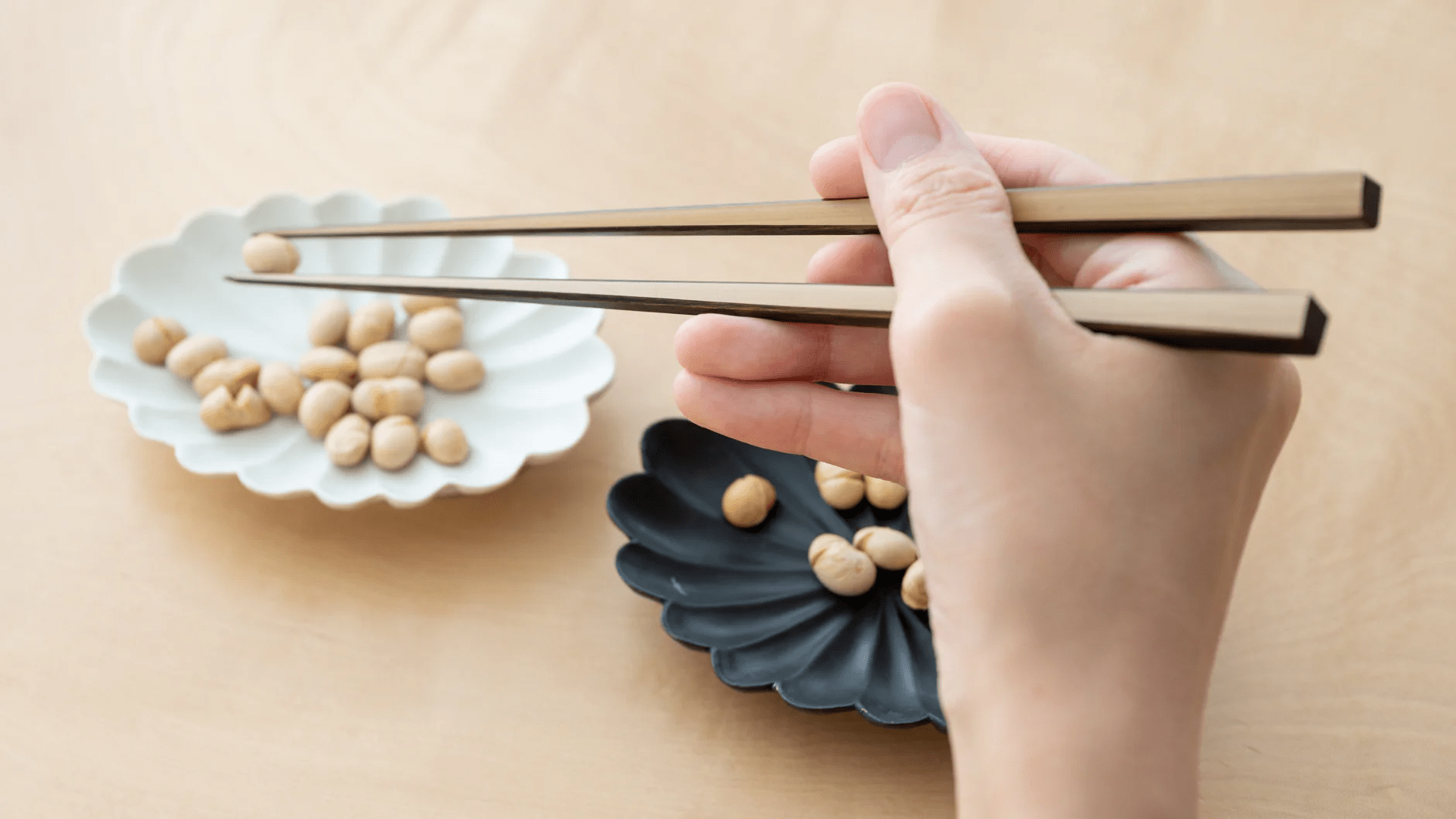
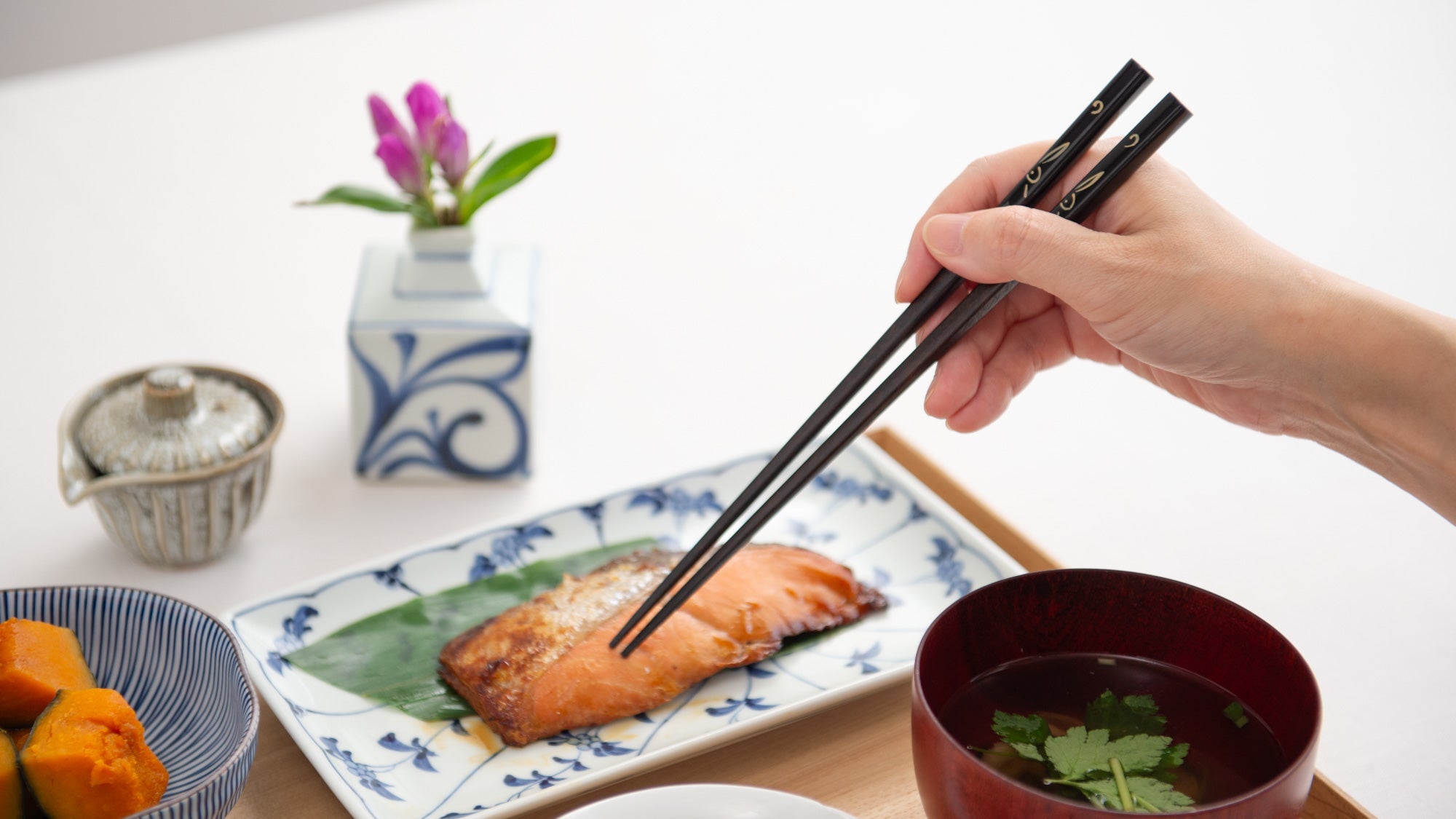
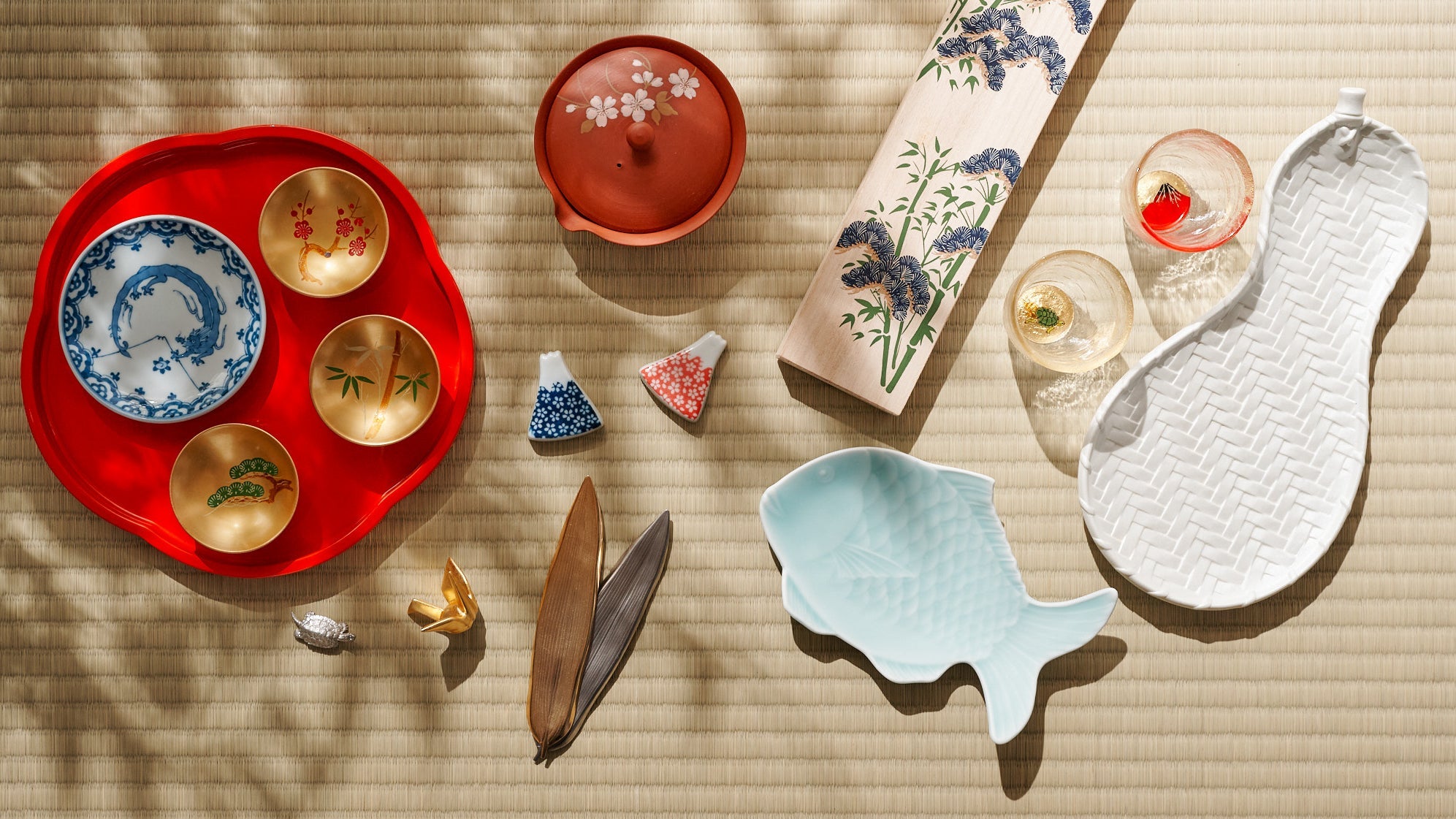
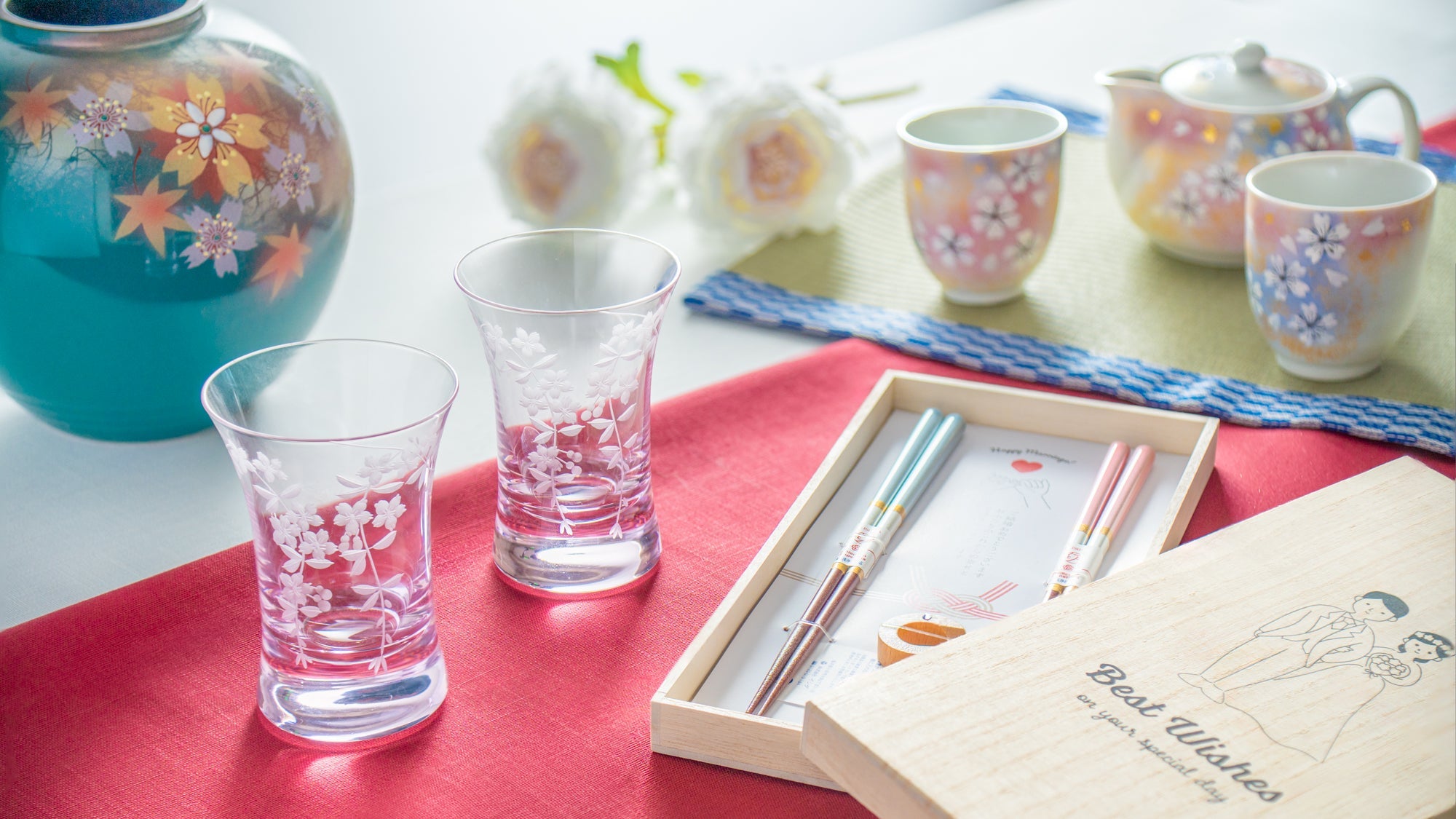
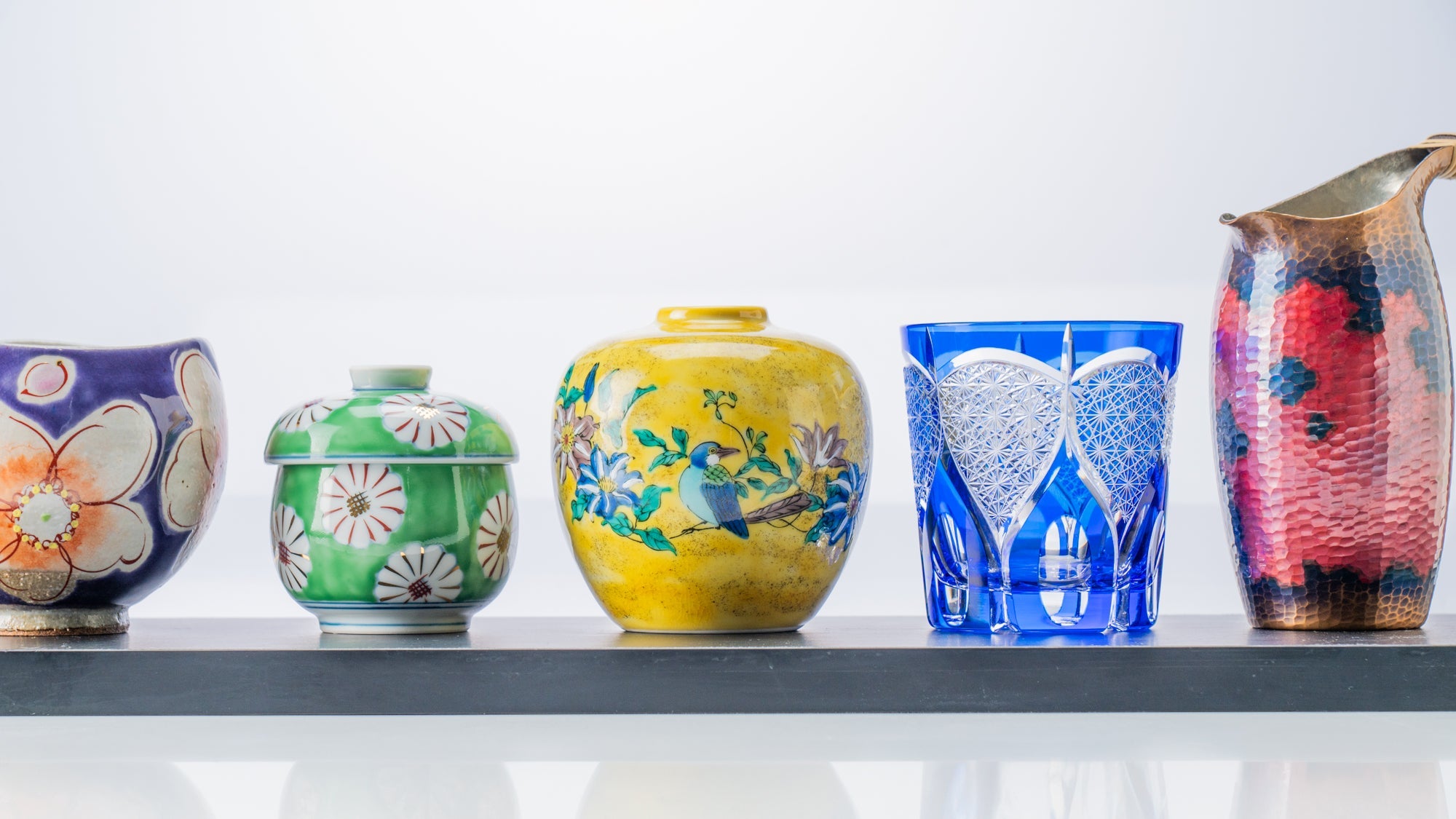
Leave a comment
This site is protected by hCaptcha and the hCaptcha Privacy Policy and Terms of Service apply.